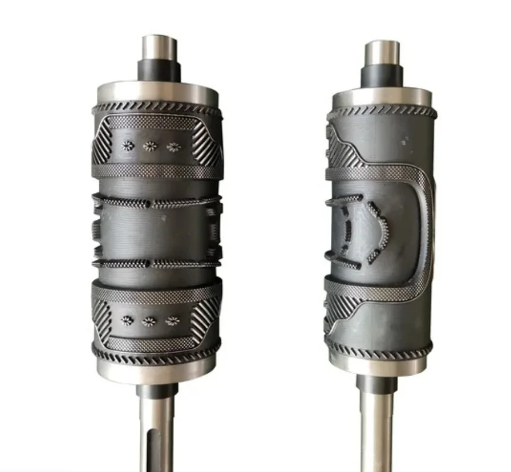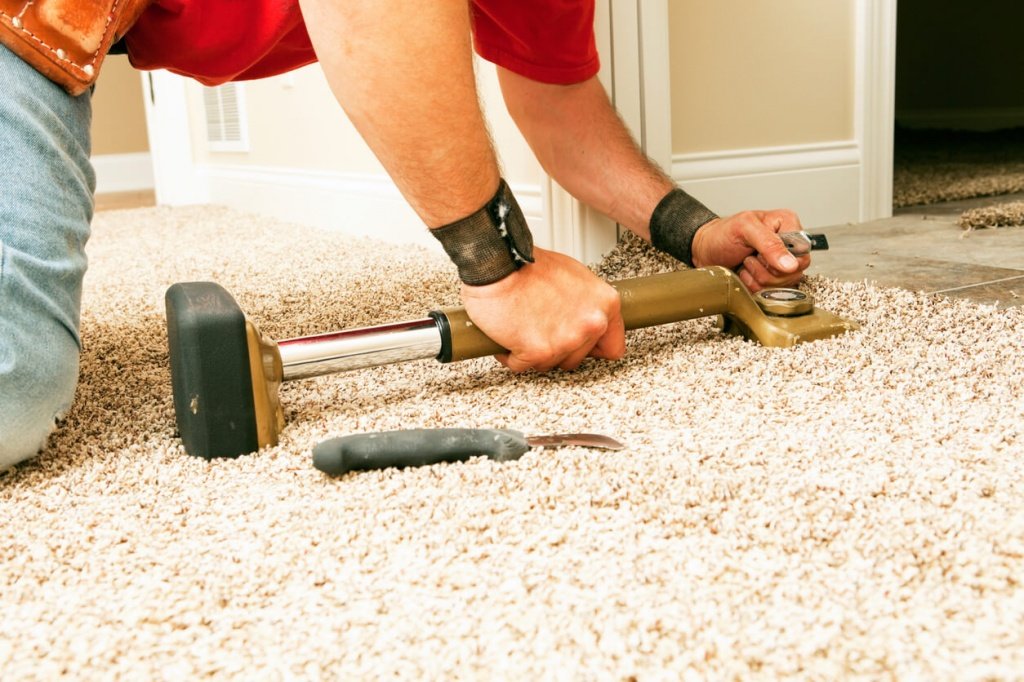In manufacturing, the quest for precision and efficiency is constant, and roller die machines are a vital part of achieving these goals. This machinery has become indispensable in industries ranging from automotive and textiles to packaging and healthcare, enabling seamless cutting, shaping, and embossing on various materials. But what makes roller die machines so unique, and why do they stand out in die-cutting solutions? Let’s explore.
What Are Roller Die Machines?
A roller die machine is specialized equipment designed to process materials by cutting, shaping, or embossing them with high precision. The machine features a rotating die or roller, which, with applied pressure, works to imprint, cut, or mold the material in the desired shape or pattern. Think of a roller die as a kind of mold on a roller that continuously presses down, allowing for faster production and exact duplication of designs across numerous materials.
These machines are often customizable and adaptable to various materials like metals, plastics, non-wovens, and even soft materials like rubber or fabric. This adaptability makes them suitable for a range of products, from automotive seals and packaging materials to medical supplies and clothing tags.
How Does a Roller Die Machine Work?
The operation of a roller die machine might sound complex, but the core principles are relatively straightforward:
- Roller Contact: The rotating die roller, designed with a specific pattern or cutting edge, comes into contact with the material.
- Material Feeding: The material, typically a sheet or roll, is fed through the machine
- Precision Cutting or Shaping: With precision control, the roller exerts pressure on the material, achieving the desired cut, shape, or embossing effect.
- Final Output: The processed material is either automatically separated into parts or left on a continuous strip, depending on the requirements.
The main advantage here is the roller’s consistent rotation, allowing for continuous cutting and minimal downtime, which boosts productivity.
Key Benefits of Roller Die Machines
1. High Precision and Consistency
One of the top reasons manufacturers invest in roller die machines is precision. These machines can achieve intricate designs with consistent quality, which is crucial in industries like automotive, where accuracy is essential for functionality and safety.
2. Faster Production Rates
Unlike flat die systems that work in cycles, roller die machines operate continuously. This feature allows for higher speeds and efficient processing, resulting in faster production times. A single roller die machine can sometimes replace multiple machines, enhancing overall workflow.
3. Versatile Applications
From textiles and rubber to metals and plastics, roller die machines can handle an extensive range of materials. Industries use these machines to produce items like labels, gaskets, medical dressings, packaging, and automotive parts. The machines’ adaptability ensures they remain relevant as industries evolve and diversify.
4. Lower Material Waste
Roller die machines use an optimized process that minimizes waste. The continuous cutting technique, combined with precise controls, allows manufacturers to get the most out of each material sheet or roll. Lower waste means cost savings and a positive environmental impact—an essential consideration in today’s sustainability-conscious market.
5. Customization Options
Roller dies can be tailored to a wide variety of applications. The roller itself can be designed with patterns, shapes, and specific cutting edges suited to the manufacturer’s needs. This customization makes the roller die machine flexible enough for both small and large-scale production runs.
Choosing the Right Roller Die Machine
When selecting a roller die machine, there are several factors to consider:
- Material Type: Determine if the machine can handle the specific materials needed.
- Size and Capacity: The machine’s production capacity should align with your production goals.
- Customization Needs: If your product line includes specialized shapes or patterns, ensure the machine can accommodate these unique requirements.
- Durability: Machines made with high-quality components last longer and maintain performance, reducing maintenance costs.
Conclusion
Roller die machines are a cornerstone of precision manufacturing. With their consistent performance, versatility, and efficiency, they enable manufacturers to deliver high-quality products across industries. As technology advances, we can expect roller die machines to play an even more vital role in shaping the future of manufacturing, making production faster, more precise, and more environmentally friendly.



